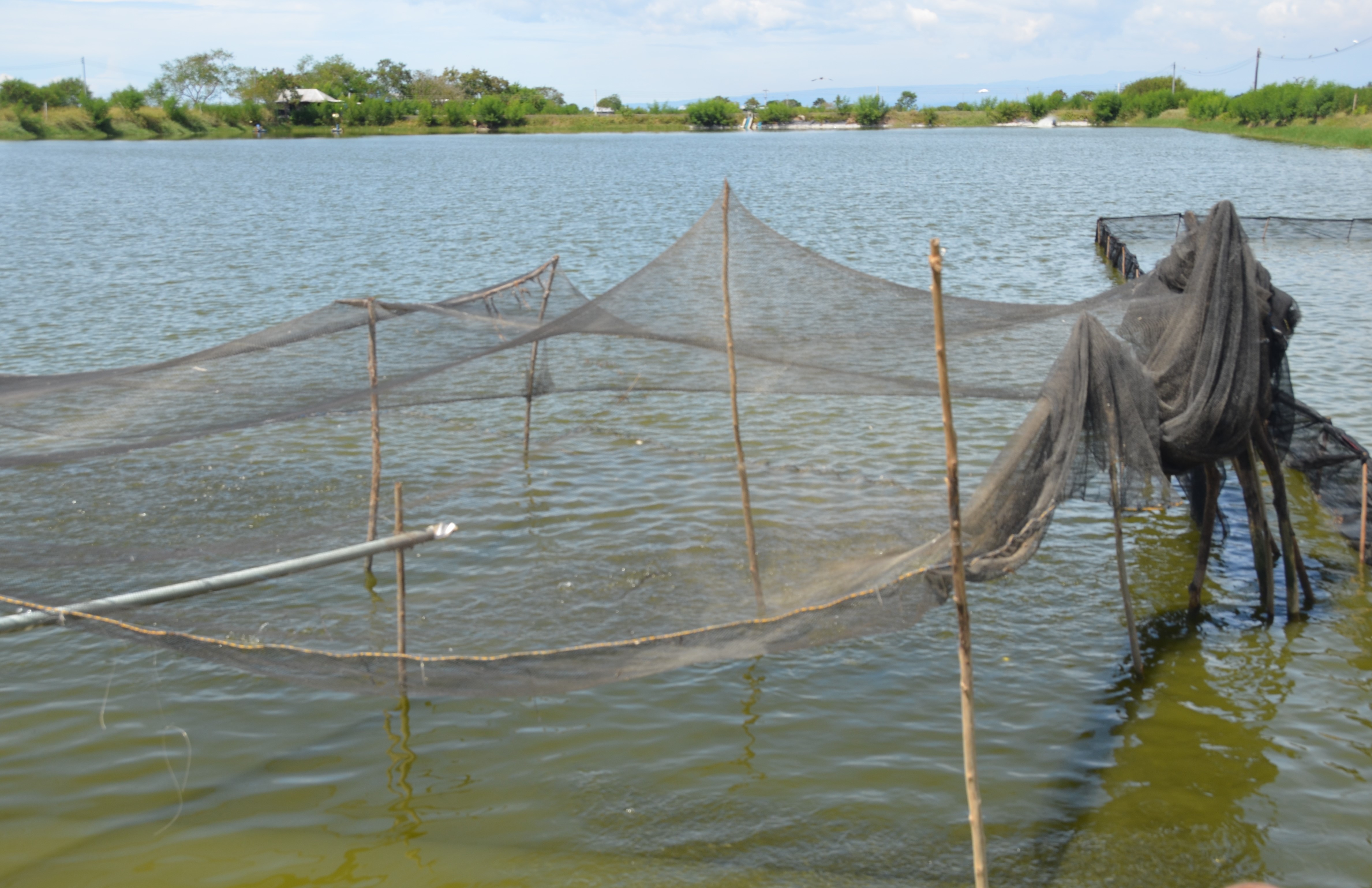By Henrylito D. Tacio
Mention Alsons Aquaculture Corporation (AAC) and what comes to mind immediately? Bangus, touted to be the national fish, that’s what. In fact, the AAC is the country’s largest processor and exporter of premium quality bangus.

The company commenced its aquaculture venture 1988 and developed and managed their processing plant and fully integrated farm-to-market fish processing operation based in Sarangani Bay. Its headquarters, however, is located at Maribulan in Alabel, Sarangani.
Most of its fishery products, particularly processed bangus – about 70% – are marketed internationally; the remaining 30% find their way among local retail and foodservice customers. To break the global market, it has strictly complied with international safety standards. The company is certified compliant to FSSC 22000, Hazard Analysis and Critical Control Points (HACCP), Current Good Manufacturing Practice (cGMP), and halal.
Branching out
While AAC is noted for bangus, it has branched out to raising other types of fishes, too. Tilapia seemed to be a good alternative to bangus. It started raising tilapia in 2017 and now it occupies about 80% of the company’s 320 hectares of ponds in Alabel.
“Tilapia is now one of the preferred fishes of Filipinos,” says Jerico S. Pascual, vice president of the company’s manufacturing processed foods. “If we find growing bangus a challenge, so will raising tilapia, too.”

In the five years AAC has been raising tilapia, it has found tilapia to produce better yield compared with bangus. “We sell about 4 thousand tons of tilapia per year,” Pascual points out.
Most of the tilapia they produce are being sold in General Santos City and Davao City. Some of the produce go as far as Bukidnon and Cagayan de Oro. “We have local buyers here. We also have distributors,” he says.

All-male tilapia
AAC gets its tilapia fry from Finfish Hatchery, Inc., a sister company. “We are using sexually reversed tilapia,” he says. “That’s the work of the hatchery before we get them.”
“Tilapias are very prolific,” said Dr. Rafael D. Guerrero III, former executive director of the Philippine Council for Aquatic and Marine Research and Development and now an academician with the National Academy of Science and Technology.
Tilapia’s high reproduction rate, which was a good trait, resulted in overcrowded ponds and stunted fish when it was first introduced in the 1950s. As a result, many Filipinos became disappointed over its performance.
The cause of overcrowding was simple. Pond-reared tilapia, with a natural ratio of 50% male and 50% female, mature in 60 days. They breed frequently, often every 30 days. “Female tilapias may spawn from 100 to thousands of eggs, depending on its size,” the Iloilo-based Southeast Asian Fisheries Development Center (SEAFDEC) reports.
At such a growth rate, there were more fish in the pond and competition for food escalated. With reduced nutrition, the best attainable market size for tilapia at that time after four months was only 150 grams.
Studies have shown that the male tilapia grows faster and bigger than the female tilapia. The logical choice was to grow all male tilapias. And that’s what AAC is doing. Tilapias are harvested when they reach 350 grams.

“These are sold primarily for the local market, although we also have valued-added tilapia, which are sold in the Manila market. Our produce is distributed with our retailers and wholesalers in the fish port of cities of General Santos and Davao,” says Jhoer T. Geronaga, manager of the processing plant. “Our market for tilapia is concentrated mainly in Mindanao for now although we are not extending up to Visayas.”
Although tilapia is a good alternative, it could never surpass the popularity of bangus. “Bangus will always be number one,” Geronaga says. “Tilapia has export potential as a filet but that would be too expensive.
“We must manage our cost so we can be competitive (in the international market),” he explains. “Tilapia is not unique in the Philippines. We have to compete with other countries when it comes to exporting tilapia.”
Tilapia was very popular during Biblical times as it was a symbol of rebirth in Egyptian art. It was also one of the three main types of fish that can be found in the Sea of Galilee.
The fish is sometimes called “St. Peter’s fish,” due to a story mentioned in the Gospel of Matthew about the apostle Peter catching a fish that carried a coin in its mouth, though the passage didn’t name the fish.
“Tilapia is a good alternative to bangus,” Geronaga says. “The genetic development of tilapia in the country has made tilapia an important fish and is now the second most preferred fish.”
Photos by Henrylito D. Tacio